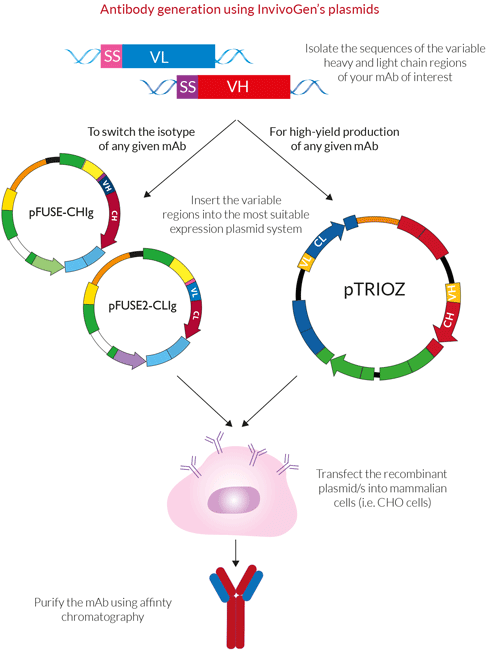

To determine whether IL-6 was required for IL-21 production by CD4 + T cells, spleen cells from wild-type or IL-6 −/− mice were treated with LPS, and the conditioned media were added to CD4 + T cells activated with anti-CD3 and anti-CD28 mAbs. IL-6 is required for IL-21 expression in CD4 T cells upon TCR stimulation Moreover, among known cytokines IL-21 is the most potently induced one by IL-6 early during the activation of CD4 + T cells, as indicated by its high up-regulation, especially when compared with other soluble factors (Table S1). These results also confirm a recent study showing that induction of IL-21 by IL-6 is independent of TGF-β stimulation and Th17 cell differentiation ( 23). Although IL-6 has been shown to induce the expression of IL-4 and IL-17 ( 7, 8, 10, 22), their expression was not increased by IL-6 stimulation early during activation.

Similar results were obtained by ELISA, where IL-21 production could only be detected in the presence of IL-6 ( Fig. The induction of IL-21 by IL-6 was confirmed by real-time RT-PCR using RNA from CD4 + T cells activated for 16 h ( Fig. S2).Īmong the 132 genes whose expression was affected by IL-6, the cytokine IL-21 was especially remarkable, with a >200-fold induction in CD4 + T cells activated in the presence of IL-6. The microarray results were validated by real-time RT-PCR of several genes positively or negatively affected by the IL-6 treatment (Fig. 132 differentially regulated genes (190 probe sets) were found when using a twofold threshold on the probe set intensity ratio, IL-6 treated to untreated ( Fig. 1 A), which resulted in significance at P = 0.1, as well as identification of 343 genes, with a false discovery rate of 13%. For analysis of microarray data, we explored the use of the 1% contour on the joint distribution of fold change and p-value derived from sample label permutations ( Fig. For each condition, three independent preparations of RNA were used for hybridization of gene arrays. Sorted CD4 + NK1.1 − T cells were activated with anti-CD3 and anti-CD28 mAbs in the absence or presence of IL-6 for 16 h. To further characterize early effects of IL-6 on CD4 + T cells, we performed microarray analysis. However, little is known about the changes in gene expression induced by IL-6 stimulation early during T cell activation. IL-6 has been associated with different aspects of T cell activation, differentiation, and survival ( 2). Likewise, B cell–specific deletion of STAT3 results in impaired plasma cell differentiation and diminished antibody responses ( 15), but this transcription factor is also activated by other cytokines. However, expression of the transgene is not restricted to B cells, leaving open the possibility that other cells may require a functional gp130 receptor. These mice are unable to activate STAT3 upon IL-6 exposure and show reduced levels of most antibody isotypes after immunization with a T-dependent antigen ( 14). Further evidence for a role of IL-6 in IgG production has come from experiments using a transgenic mouse expressing a truncated form of gp130. Likewise, IL-6–deficient mice show reduced antigen-specific IgG1, IgG2a, and IgG3 levels upon immunization with a T cell–dependent antigen, although IgM levels were not affected ( 13). IL-6 was initially characterized as a factor that enhances antibody production in a B cell line ( 11), and overexpression of IL-6 in mice causes plasmocytosis, suggesting that IL-6 can promote the differentiation of B cells into plasma cells ( 12). IL-6 could therefore be a potential coadjuvant to enhance humoral immunity. Thus, IL-6 promotes antibody production by promoting the B cell helper capabilities of CD4 + T cells through increased IL-21 production. Moreover, administration of IL-6 with inactive influenza virus enhances virus-specific antibody production, and importantly, this effect is dependent on IL-21. IL-21 production by CD4 + T cells is required for IL-6 to promote B cell antibody production in vitro.

We show that IL-6 is sufficient and necessary to induce IL-21 production by naive and memory CD4 + T cells upon T cell receptor stimulation. However, it is not clear whether IL-6 directly affects B cells or acts through other mechanisms. It was initially identified as a B cell growth factor and inducer of plasma cell differentiation in vitro and plays an important role in antibody production and class switching in vivo. Interleukin (IL) 6 is a proinflammtory cytokine produced by antigen-presenting cells and nonhematopoietic cells in response to external stimuli.


 0 kommentar(er)
0 kommentar(er)
